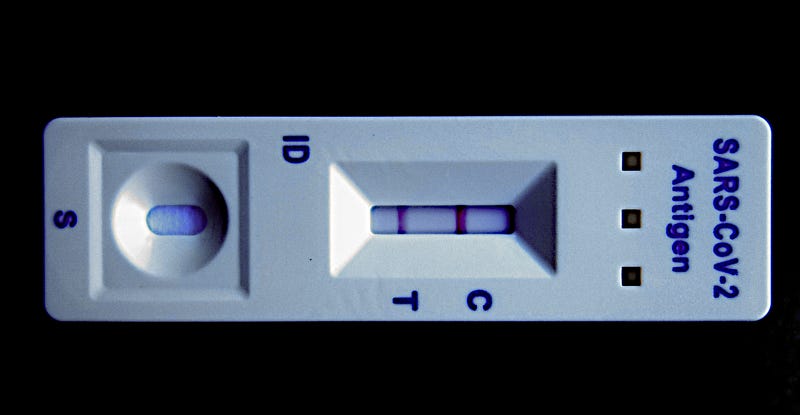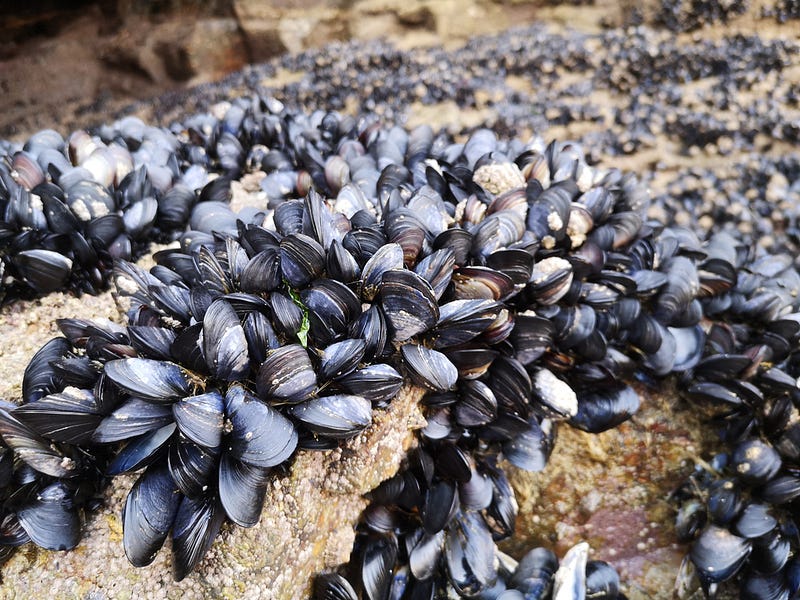Understanding How Animals Indicate Pollution Levels in the Environment
Written on
Chapter 1: The Environmental Impact of Pollution
Rapid population growth, urban expansion, industrialization, and intense agricultural practices are driving significant changes in our environment. Many of these alterations, particularly pollution, are detrimental not only to ecosystems but also to humanity itself. Therefore, it is crucial to mitigate pollution. When prevention is no longer an option, it becomes imperative to assess the pollution levels to understand their effects on the ecosystem.
The consequences of pollution on ecosystems can be evaluated through biomarkers or bioindicators. A biomarker is a biological indicator that reveals specific processes, diseases, or pollutants. For instance, a COVID-19 rapid test includes a biomarker to detect the virus. Similarly, biomarkers can indicate pollution levels based on their responses to toxic substances.

A pollution measurement test can quantify environmental contamination (credit: Aleksandra Gigowska on Shutterstock).
Section 1.1: Measuring Pollution Levels
Pollution levels can be assessed either directly—by analyzing soil, air, or water—or indirectly—by examining the bodies of animals as indicators of environmental contamination. The following three types of biomarkers help evaluate the extent and severity of environmental pollution:
1. Biomarkers of Exposure
The first category, biomarkers of exposure, indicates how much pollution an animal or a group of animals has encountered. This information reflects the pollution present in their habitat. The exposure level can be quantified through chemical analyses of tissues, blood, urine, or other biological fluids. Advanced methodologies can detect even minute pollutant quantities across various cells and tissues.
For instance, earthworms serve as effective biomarkers for soil pollution. They absorb contaminants through their skin and ingest significant amounts of soil, thus accumulating pollutants. Additionally, measuring lead levels in blood or arsenic in hair, nails, urine, and blood provides insights into contamination levels.

Earthworms are valuable indicators for assessing soil contamination (credit: galitsin on Shutterstock).
2. Biomarkers of Susceptibility
The second type, biomarkers of susceptibility, evaluates how different animals respond to pollutants. Various species may react differently to the same pollutant levels due to genetic variability and other factors such as diet, age, sex, health, and lifestyle.
For example, the impact of cigarette smoke can be assessed by examining gene variants responsible for detoxifying smoke toxins. The susceptibility to arsenic toxicity may also depend on dietary intake of vitamin B8 (folate), found in foods like spinach, beans, and seafood.
3. Biomarkers of Effect
The third category, biomarkers of effect, reveals how pollution alters animal populations. Changes can be observed at various levels, including:
- Population level (e.g., birth and death rates, migration patterns)
- Community level (e.g., species abundance in specific areas)
- Functional level (e.g., growth, development, behavior)
- Organ system level (e.g., organ functionality)
- Cellular level (e.g., changes in cell structure or death)
- Biomolecular level (e.g., alterations in chemical compositions)
Some changes may be reversible, such as immune system responses, while others, like genetic modifications, are permanent. Thus, biomarkers of effect directly relate to health risks posed by pollutants.
Biomonitoring
In addition to one-time assessments, biomarkers can be utilized repeatedly over time for biomonitoring. This ongoing process allows for tracking pollution fluctuations, evaluating associated risks, and implementing timely interventions to safeguard ecosystems. Bivalve mussels, for example, are excellent indicators for monitoring aquatic pollution due to their proliferation, moderate pollutant tolerance, and sedentary nature.

Bivalve mussels are effective indicators for monitoring aquatic pollution (credit: jonny neesom on Shutterstock).
Chapter 2: The Role of Animals in Pollution Assessment
This video discusses the effects of pollution and climate change on wildlife, emphasizing how these factors influence animal behavior and health.
This video explores the impact of climate change and pollution on animals, showcasing various species and their responses to environmental stressors.
Conclusion
Animals play a vital role in indicating the levels and severity of pollution through various biomarkers, which can be categorized as indicators of exposure, susceptibility, and effect.
Taking Action Against Pollution
Here are practical steps we can take to combat pollution:
- Dispose of waste properly to facilitate recycling.
- Use biodegradable products instead of non-biodegradable ones.
- Opt for organic fertilizers and pesticides over chemical alternatives.
- Participate in clean-up initiatives to remove waste from natural areas.
- Repair vehicles with oil leaks promptly.
- Prevent plastics from entering oceans.
- Engage in ocean clean-up efforts, known as strawkling.
Do you have additional suggestions to help reduce pollution? Please share your ideas in the comments to inspire others.
Pollution Reading List
Credit
This article is based on:
Chandana, M., Lakshmi, C. J., & Rani, U. J. (2019). Biomarkers for Environmental Monitoring in Ecotoxicology. International Journal of Pharmacy and Biological Sciences, 9(2).
Lionetto, M. G., Caricato, R., & Giordano, M. E. (2019). Pollution biomarkers in environmental and human biomonitoring. The Open Biomarkers Journal, 9(1).